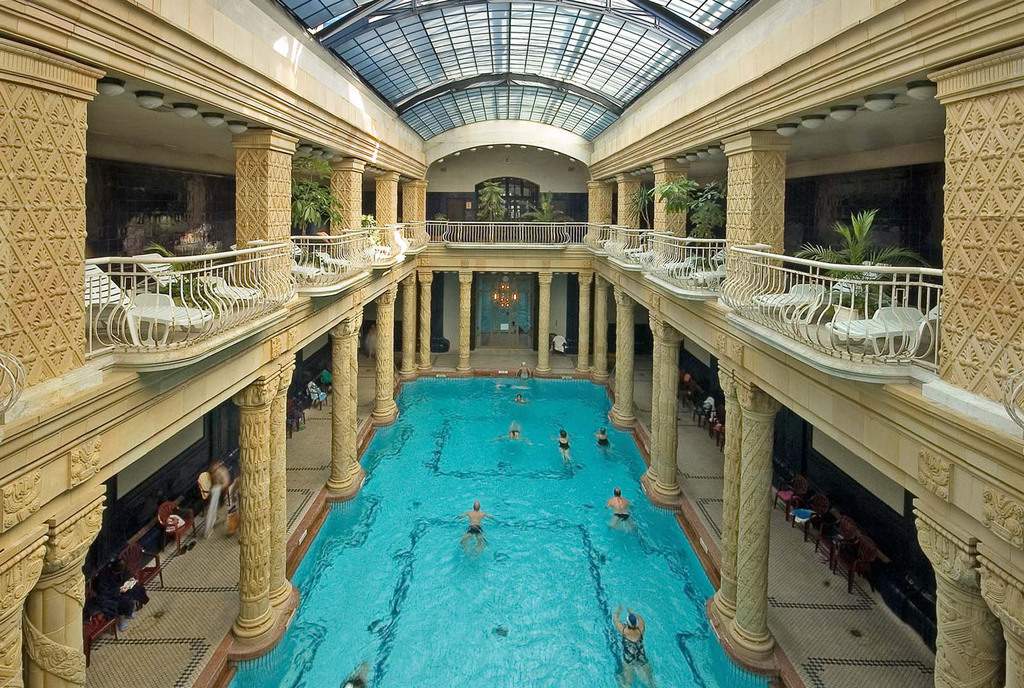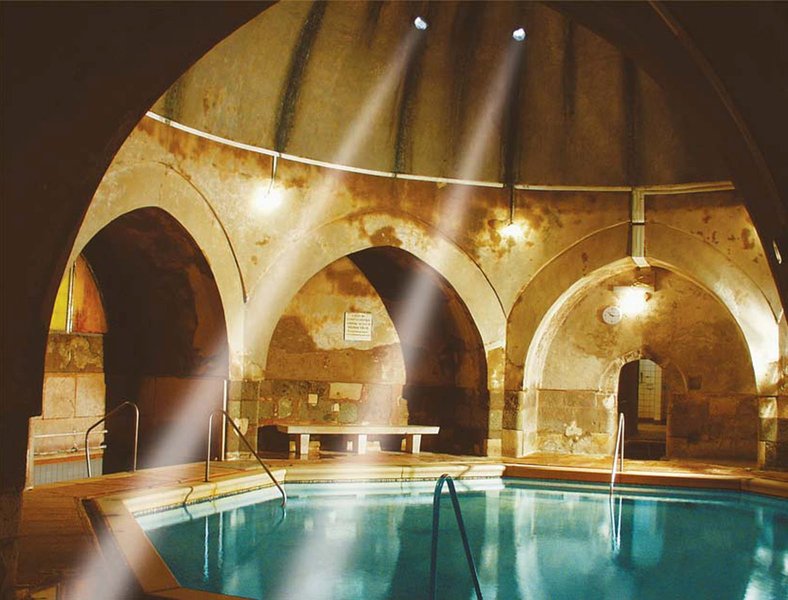Public baths in the Middle Ages – The former centres of sexual life
It might be surprising that public baths had a completely different function in the Middle Ages than they have today. They provided space not only for relaxation but also for public sex and prostitution.
Doctors often made rules for bathing, mainly because they thought that the clear herbal water had a healing effect. In that age, people believed that it served as a treatment of infertility thanks to the healing power of the spring or thermal water. The assumption was not unfounded as during the pilgrimages, many women managed to become pregnant who used to have problems before.
In the Middle Ages, anyone who could afford it had a tub in his home, but the majority of people went to the rivers, lakes, or bathhouses. The latter, however, offered other services as well;
as a result of which, they became central places for public sex.
Public baths were initially created to give people the opportunity to relax in the pools, enjoy the warm water, but soon their role completely changed. At first kings and aristocrats went to the baths, but later such institutions were established for the more impoverished strata as well, where they could enter either for free or in exchange for some money.
The Hungarian author Dr László Józsa describes in his book Sex in Medieval Hungary that in the large pools of public baths, men, women and children relaxed completely naked or sometimes wearing small aprons. Furthermore, it was also possible to watch the others from the edge of the pool or the bridge built above. According to Femina, public baths quickly became the centre of social life and offered much more than bathing or relaxing that would be completely unacceptable today.
Initially, people went to such places to eat, drink, play cards and gossip, and as a result of nudity, more and more people chose bathhouses to satisfy their sexual desires.
In the Middle Ages, public baths meant sexual freedom, which was enjoyed not only by those with loose morals, but also by women who were considered “decent women”.
As these institutions gained popularity, more and more sexual services were provided to the guests, including masseurs and prostitutes. Public baths soon converted into brothels.
Authorities overlooked everything that was going on in the baths, but the Church vehemently opposed and fought against it. The popularity of bathhouses ended due to the rapidly spreading syphilis epidemic in the 16th century. Most of them were locked up as no one visited them, while the rest were no longer used for sexual purposes due to the fear of illness.

Read alsoThe best thermal baths in Budapest
Source: femina.hu
please make a donation here
Hot news
BREAKING! Three-year minimum wage agreement set to impact everyone’s pay in Hungary
Is Hungary’s safety at risk? Police face serious challenges
Budapest Mayor Karácsony reveals candidates for deputy positions
Depreciation uncovered: Why has the Hungarian forint weakened so much in recent years?
Dynamic wage growth expected in coming years in Hungary, Orbán cabinet believes
Top Hungary news: American woman with Irish murderer on VIDEO, Prince Buda and Princess Pest – 24 November, 2024





1 Comment
It was common practice in the Roman period across Europe. Not new in the medieval period, just a continuation.